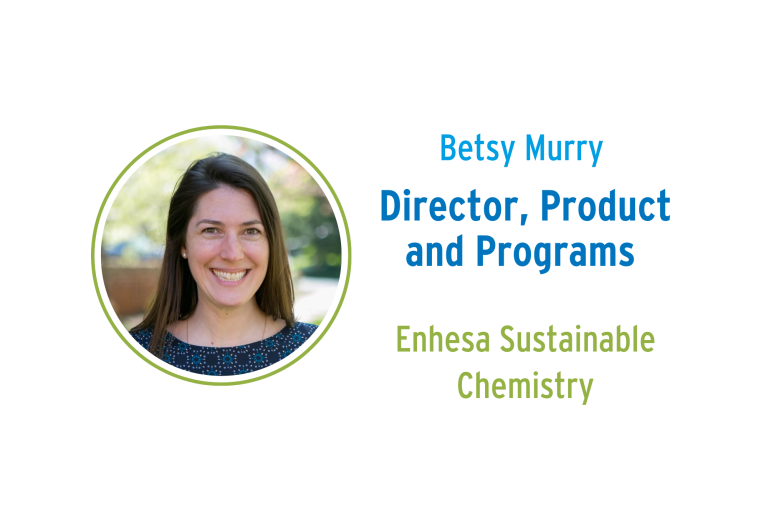Which countries have implemented PFAS restrictions for products?
More than 180 countries have ratified the Stockholm Convention on Persistent Organic Pollutants (POPs), which imposes restrictions on some types of per- and polyfluoroalkyl substances (PFAS). Several jurisdictions, including the EU, the United States — at both the state and federal levels — and Canada, have taken further action to tackle PFAS contamination and PFAS exposure.
How do I monitor various PFAS restrictions for products?
PFAS regulations are constantly evolving and vary from jurisdiction to jurisdiction, with different US states, or EU and APAC countries mandating different PFAS exposure levels (in drinking water, firefighting foams, or PFAS exposure in the workplace).
Stay up to date on the regulations impacting your business with EHS Alerts, including RegTracker to manage compliance across jurisdictions, My Watchlist to stay ahead of EHS changes, and Strikethrough to compare old and new legislation.
How do I ensure my company is responding to the various regulatory changes relating to PFAS?
Staying ahead of emerging PFAS regulations is crucial to maintaining compliance. Businesses must not only have an understanding of the regulatory developments in their industry, but also of how these new or amended laws are likely to affect their operations – whether that’s focusing on PFAS in drinking water, PFAS contamination in firefighting foams, or PFAS pollution from chemicals.
RegTracker allows users to view global regulatory developments, managing compliance across multiple jurisdictions. With weekly updates, businesses can leverage customized reports on the regulations most important to them.
Is compliance with PFAS regulations enough to protect my business?
Regulatory compliance is the necessary start, but even unregulated chemicals in your products can damage your reputation and brand, in addition to risking human health or environmental protection. With continually changing requirements, it’s easy to get left behind.
Instantly stay informed of regulatory changes with the WatchList alert tool, which tracks changes across legislative texts.
Even if I’m confident about the chemicals I use, could PFAS still be getting into my products?
PFAS could still be integrating into your products through your supply chain. Inconsistent or inaccurate supplier data, alongside incomplete Safety Data Sheets (SDSs), can make it difficult to identify the potentially harmful substances in your supply chain, including PFAS levels.

Betsy’s Tip: Discover what data you’re missing
Safety Data Sheets and supplier questionnaires only provide a fraction of the information you need to eliminate PFAS from your business effectively. And if you’re getting more information around ingredients, you could still be missing hidden chemicals from suppliers. Implement more comprehensive and proactive data gathering with ingredient and impurities disclosure program and pair this with a hazard assessment process that evaluates the toxicological impact in order to protect your workers, your consumers, and your business. Meet current requirements and proactively manage your chemicals for a safer future.

Jillian’s Tip: Get buy-in from your suppliers
Achieving substance supply chain transparency is hard work. Many suppliers want to ensure their data is protected when sharing their chemical formulations. A well-documented plan and clear communication internally and externally are key. Choose a system that works for everyone – where you see the chemicals’ hazards and suppliers preserve their confidential business information.
